8 types of Indian saris which every Indian woman wants in her wardrobe
Sari has been developed by the word 'Santika' of Hindu, Jain and Buddhist literature. Sari is an apparel of Indian women whose length is 5.5 meters to 9 meters. Which is worn with the bodice and shadows. There are different styles of wearing it. Sari is also known as the cultural dress of Indian women. There are many types of saris in India. We are going to tell you about eight saris. From whom every Indian woman wants to be equipped with her wardrobe.

Sari has been developed by the word 'Santika' of Hindu, Jain and Buddhist literature. Sari is an apparel of Indian women whose length is 5.5 meters to 9 meters. Which is worn with the bodice and shadows. There are different styles of wearing it. Sari is also known as the cultural dress of Indian women. There are many types of saris in India. We are going to tell you about eight saris. From whom every Indian woman wants to be equipped with her wardrobe.
1. BanaraseSilica
And the sari of knitting work is called Banarasi Sari. It is made in Benaras and its nearby cities. In ancient times these saris had the work of gold and silver wire. But now it is used by artificial wires due to its highly expensive. Wearing a Banarasi sari on marriage and auspicious occasions is also a symbol of pride. This is the main basis of the economy of Benaras.
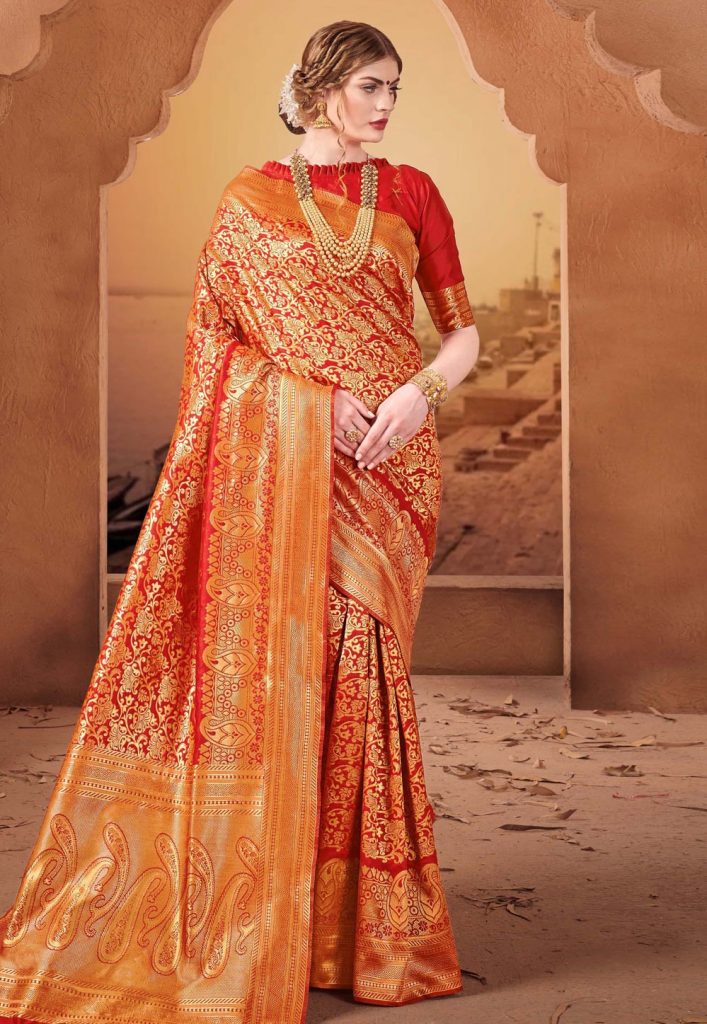
2. Kanjvaram (Tamil Nadu)
Silk Sari, which is known in Kanchipuram of Tamil Nadu, is known as Kanjavaram Sari. Mulberry silk is used in making these saris, which comes from South India and comes from Zari Gujarat. Border and Aanchal of these sarees is of a color and the rest of the sari is the second color. All three parts are added to different weavers thus that no joint looks. Women of Tamilnadu, Karnataka and Andhra Pradesh wear it on marriage and auspicious occasions.
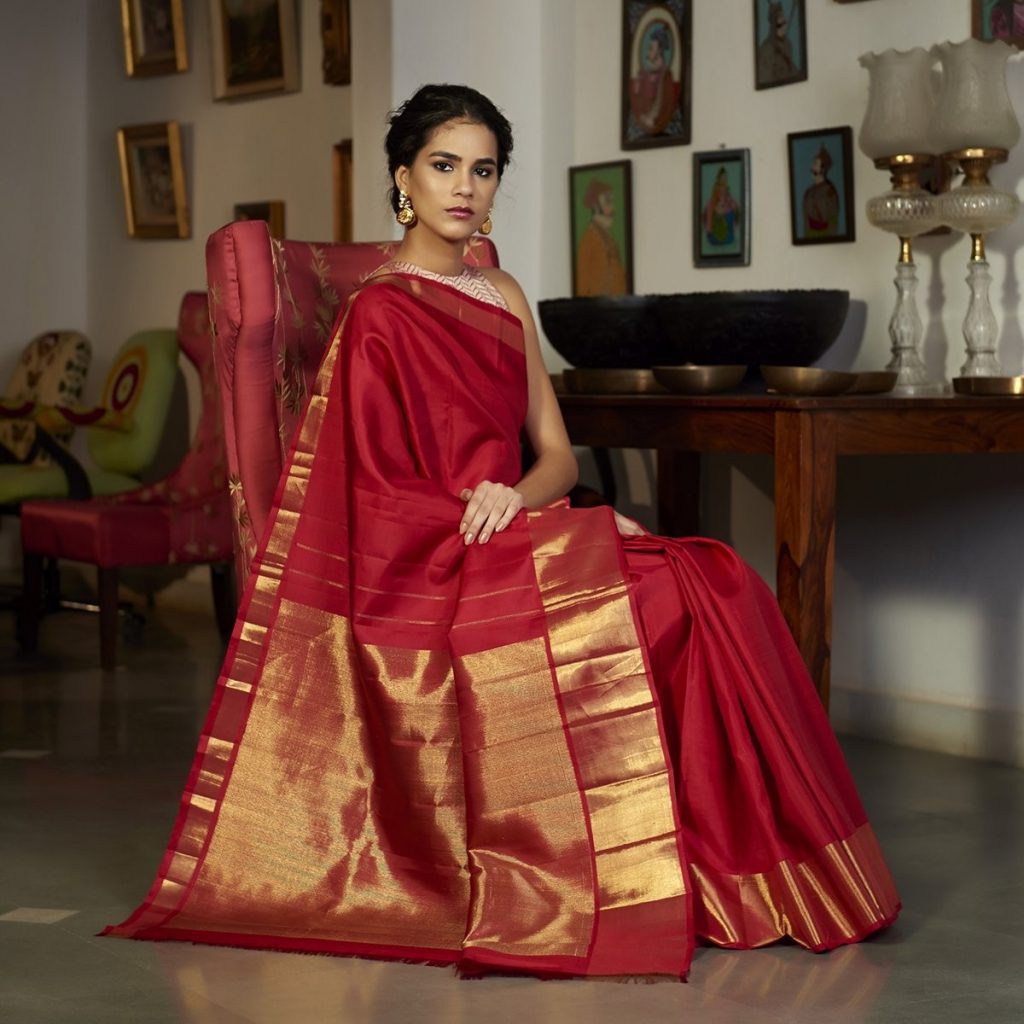
3. Tanquesi (Westbangal)
The traditional saris that are worn by Bengali women are known as the sari. It is woven by the weavers of Bangladesh and West Bengal. To make it, cotton yarn is used. There is a jewel or cotton edge. It is fine and transparent. Due to the hot climate in Bengal it is a comfortable apparel for women.

4. Sambalpurasadi
It is a panoretic apparel to woven on hand. It is made in Sambalpur and its nearby area. In it, the thread of warp and bana goes before knitting. It usually forms conch, cycle, flowers etc. It is mostly white, red, black, blue colors. It is famous for traditional crafts of Tie-Dye.
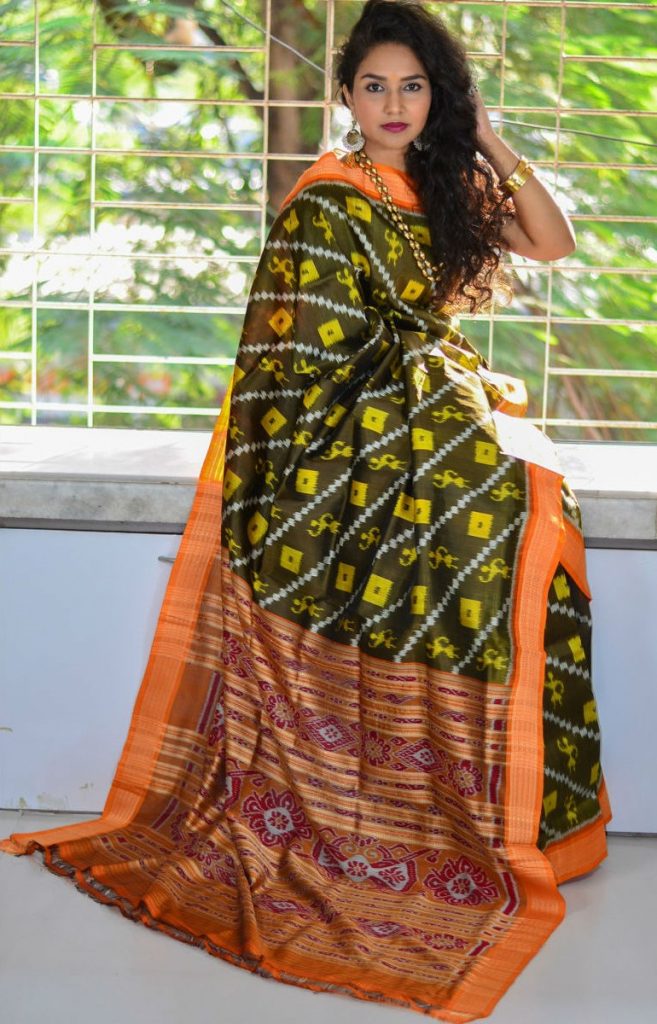
5. Painathani (Maharashtra)
Due to being in Pantan city of Maharashtra, this sari is known as Pantani. This is one of India's expensive saris. It is made with silk silk. Its specialty is the sequence of peacocks. This is a dyed and multicolored. It is also used in golden stars.
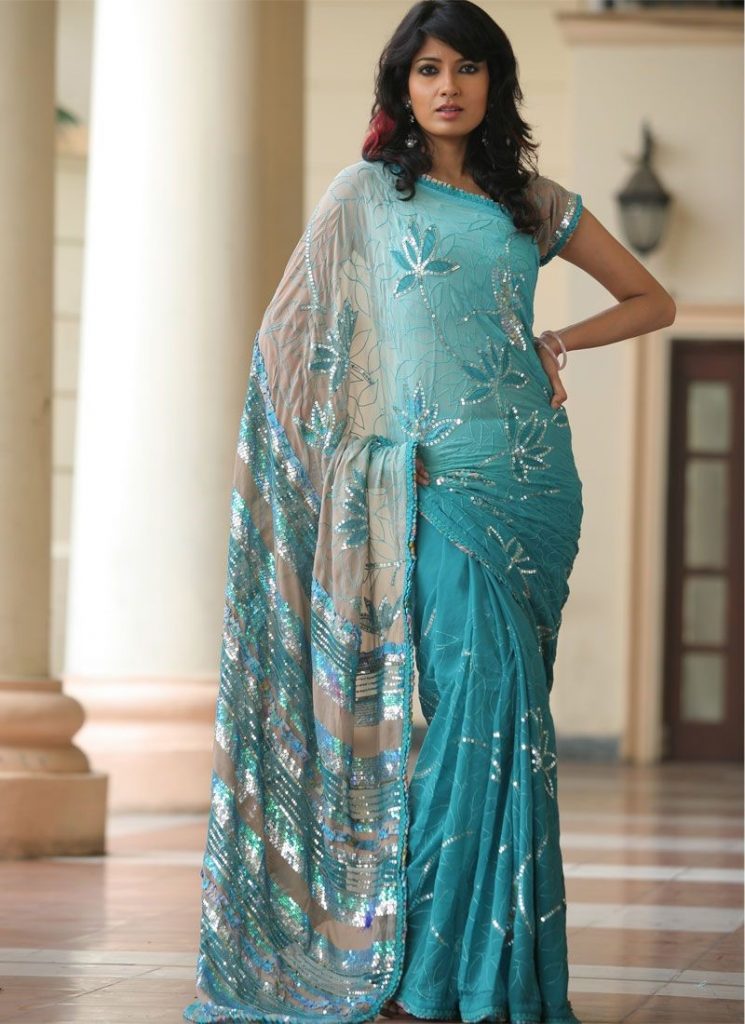
6. Baanisadi
It is also known as the name of sari. It is made in Gujarat and Rajasthan. Tindi means 'pairing' Sari is tied in small bonds and painted with colored colors. These saris are popular. It can be worn on any occasion.

7. Victor
The art of ancient traditional excellence of Lucknow started by the Mughals is called 'Chicken'. Initially, it was on white clothes of magnificent. The main feature of this excellence is its stitches. Which is made in a book and artistic way. Now it is also frozen on colorful clothes as well as chicken work on silk, shifan, net etc. Due to being comfortable, this sari is the choice of every woman.
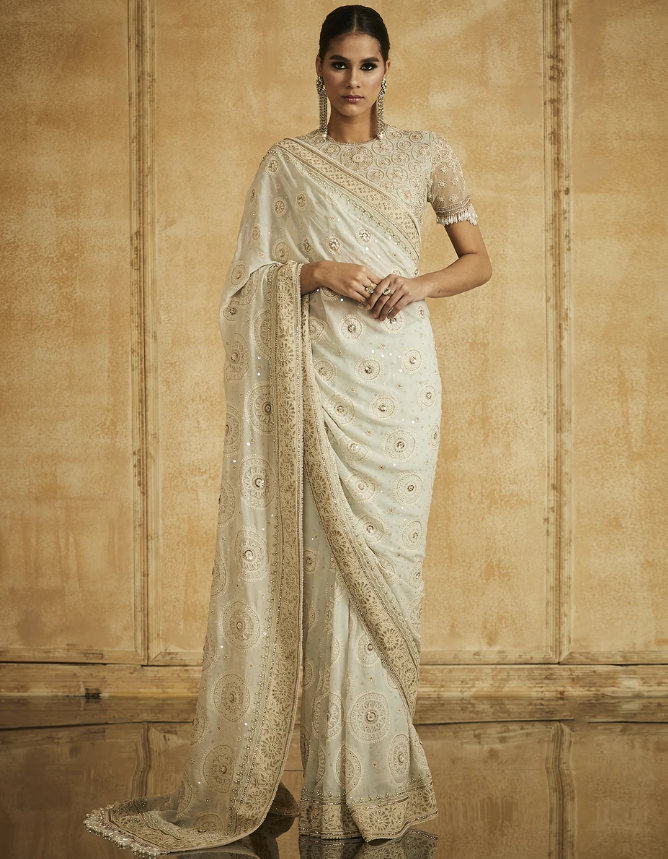
8. Balucharisadi
Famous sandchery saris are made in Murshidabad (West Bengal). There are two people in making this sari and it takes 7 to 10 days to become 7. The scenes of mythology are made by the fine thread of silk on these saris. Due to being very precious, these saris used to wear Bengal women at some time, yet these sarees are used on the occasions of marriage.

"You should not" take Vaccine Covid if you have this problem, warns Dr. Fauci

President Biden says this main mandate of Covid comes soon
